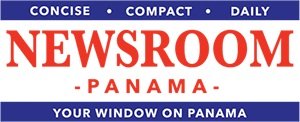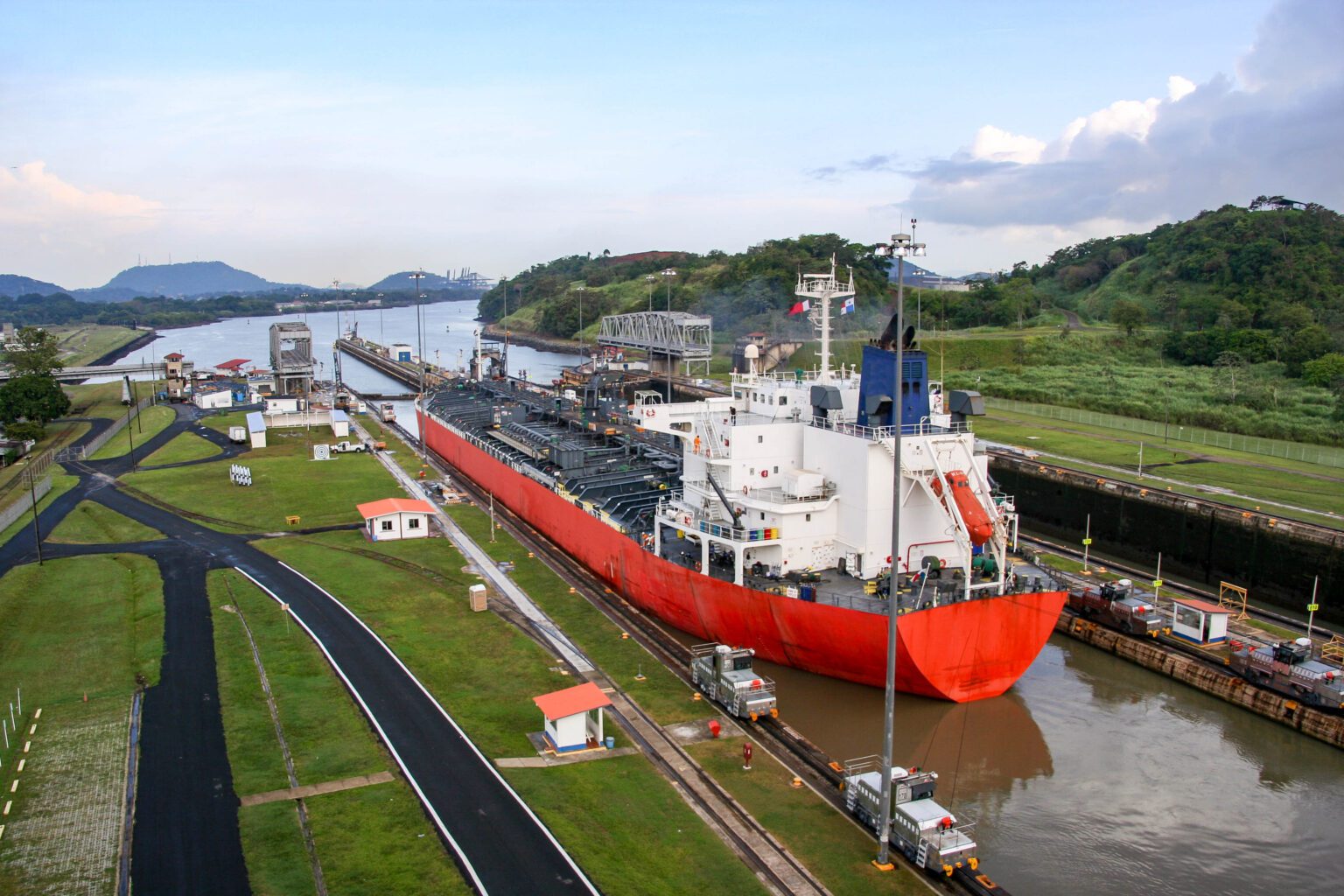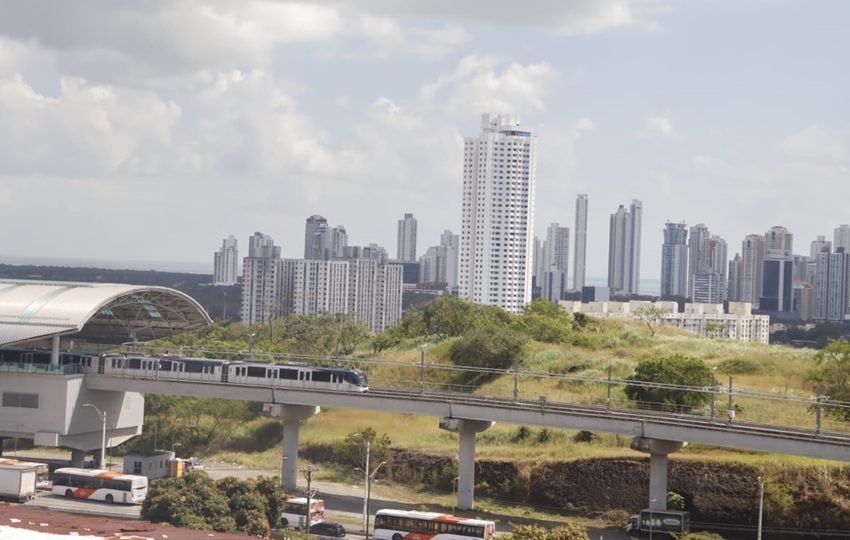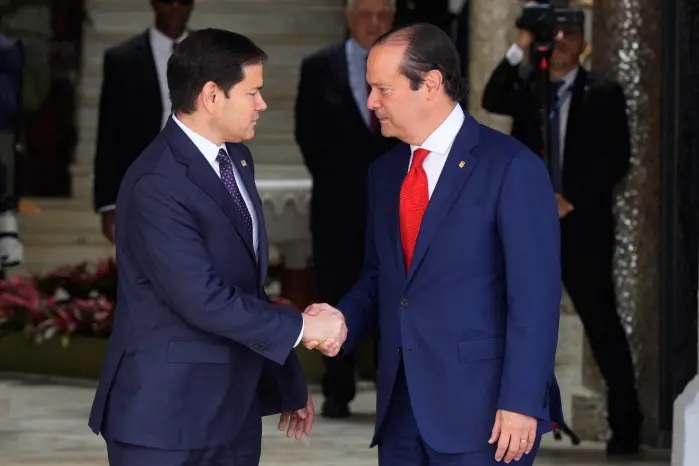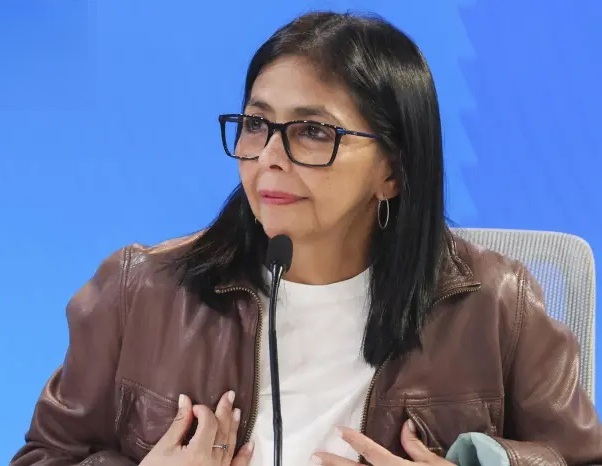Nearly $1 Million in Undeclared Cash has been Seized at Airports
The money comes mainly from Latin American countries such as Colombia, Ecuador, Peru, and Cuba. The withheld money was not declared during entry procedures.
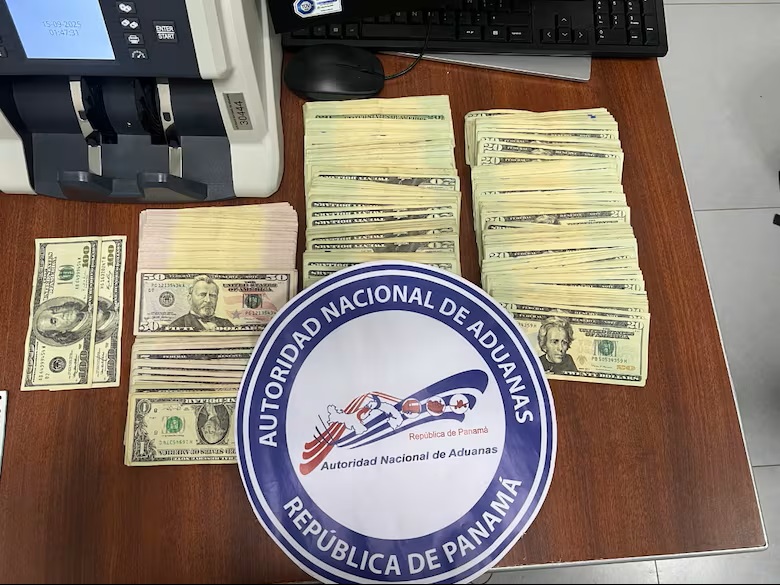
Two passengers from Cali, Colombia, were passing through the National Customs Authority checkpoints at Panama Pacific International Airport. They introduced themselves as coworkers and responded “no” to the inspectors’ question about whether they were carrying money or goods to declare. At first glance, nothing seemed out of the ordinary. But Customs officials inspected their luggage. It was then discovered that each of them was carrying more than $12,000 undeclared: $12,853 in one’s backpack and $12,948 in the other’s, for a total of $25,801, a figure far exceeding the permitted limit ($10,000). Therefore, the travelers were referred to the Public Ministry to begin the corresponding proceedings.
Recurring Practice
This case, although isolated, is part of a long chain that has the National Customs Authority on alert. In an interview with reporters, Soraya Valdivieso, the entity’s general director, stated that so far in 2025, the institution has detected nearly $1 million in cash that travelers were attempting to enter the country without declaring, mainly from Latin American countries such as Colombia, Ecuador, Peru, and Cuba. Typically, several of the cases are linked to drug trafficking and money laundering networks. However, as far as Cuba is concerned, it is presumed that it is not always linked to criminal organizations, but rather to the fact that the cities of this country move capital through regular channels.

“Now every cent seized is reported in real time to the relevant authorities, allowing for faster and more effective investigations,” Valdivieso explained. “We have inter-institutional working groups, and one of them is with the Financial Analysis Unit , with which we maintain 100% direct communication. This allows them to handle their investigations immediately and efficiently,” added the Customs Director. The digitalization of travelers’ sworn declarations has been key to detecting these practices. Previously, registration was manual and could be spread across hundreds of passengers on a single flight. Now, risk profiles are focused on the most suspicious cases.
More Technology
Valdivieso announced that the next step will be to modernize the airport lane system so that bags are automatically scanned upon deplaning, using software that will identify in seconds which luggage is checked and which continues onward. “We are closing loopholes that previously allowed uncontrolled money to flow in,” she concluded.
